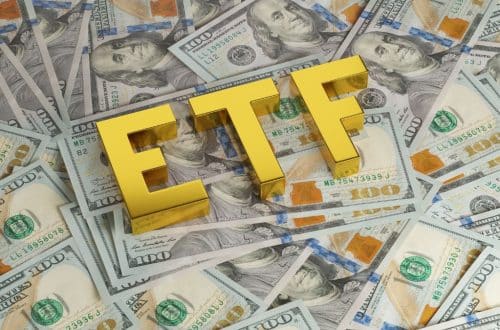
Consensys Partners with Microsoft to Decentralize Infura
- Infura serves as the gateway to Ethereum for most DeFi platforms.
- Infura suffered a network outage in 2020 that sparked concerns about it being a single point of failure for most DeFi platforms and centralized exchanges.
Blockchain software company Consensys has partnered with Microsoft, Tencent, and sixteen other Web2 titans to decentralize the Infura network, which serves as the primary gateway to Ethereum for most DeFi (Decentralized Finance) platforms.
The collaborations seek to strengthen the decentralization of the Infura network, which is essential to averting disruptions to the Web3 services that depend on it, such as the wallet provider MetaMask.
Infura is no doubt one of the most widely used platforms for developers to connect apps to blockchains. Infura supports some of the biggest apps on Ethereum and other blockchains and has developed into a key component of the blockchain ecosystem. However, Infura’s perceived centralization was always a source of concern. Many saw Infura as a single point of failure for the whole cryptocurrency ecosystem.
Infura’s decentralization concerns first emerged in November 2020, when it experienced a temporary outage that affected a number of DeFi projects and centralized exchanges.
Over a year ago, Infura announced plans to decentralize some aspects of its services and improve its user experience. Consensys senior product manager Andrew Breslin says the partnership will help Infura “decentralize every layer of the blockchain infrastructure stack.”
The new “Decentralized Infura Network (DIN)” will launch in Q4 and is intended to address Infrua’s centralization issue. Commenting on the partnership, Breslin said:
The cost and complexity involved with running a service like Infura were kind of limiting in terms of who we could partner with to serve this traffic. Now there’s this huge, flourishing ecosystem of Web3 infrastructure providers that can provide a service that’s complimentary to Infura.
Breslin revealed that one of the first significant abilities provided by the DIN is “failover support.” This feature will enable the redirection of traffic to one or more DIN partners during an outage, resulting in longer-term uptime rates.
Thomas Hay, the lead product manager for Infura, explained the new feature in a statement. He noted that if Infura experiences “conditions where the service is suffering for the end user, we have routing in place in failover. Also, if Infura’s blockchain nodes go offline, Hay explained that “requests are then able to move to a partner who has been vetted through a series of load and quality assurance tests.”
Furthermore, Breslin noted that once the DIN is launched, decentralized apps (DApps) won’t have to rely on a single service provider that is based in a single location, making Ethereum more censorship-resistant and dependable.
Commenting on the selected partners, Breslin noted that Infura wanted other dependable internet infrastructure providers to join the DIN, adding that the present lineup was not a closed set. Breslin described this phase of partnership with the selected companies as the DIN’s “federated phase,” a brief test run during which the network stays centralized.
The grand plan of the DIN, according to Breslin, is for it to be controlled as a decentralized autonomous organization (DAO). This system of governance ensures that each participant has a democratically balanced influence in the network’s direction.







